13 Low maintenance indoor plants for the bedroom
Posted by Elaine Tu on Sep 19th 2019
So you want to get your inner plant parent on? Well, you’ve come to the right place. Indoor plants are not just the trendy thing to do, but the healthy thing to do. They help purify the air of toxins such as benzene, trichloroethylene (TCE) and formaldehyde. The indoor plant phenomena actually comes from NASA’s 1989 study on “Interior Landscape Plants for Indoor Air Pollution Abatement”, which found that several plants were effective in purifying the air of these three common airborne toxins.
Where do these toxins come from you might ask? Humans. These chemicals are released into the air due to production of man-made products. Benzene is very commonly used in gasoline, inks, oils, paints, plastics, rubber, and even in the manufacture of detergents explosives, pharmaceuticals, and dyes according to the NASA study. TCE is a commercial product with a plethora of industrial uses including metal degreasing, dry-cleaning industries, printing inks, paints, lacquers, varnishes, and adhesives. Formaldehyde is found in virtually all indoor environments, according to the study. It’s uses stem from urea-formaldehyde foam insulation (UFFI) and particle board or pressed-wood products, consumer paper products like grocery bags, waxed paper, facial tissues, paper towels–that all use formaldehyde resins. Many household cleaning agents contain formaldehyde too–hence the push for all-natural products in the recent decade. There are a lot of serious health implications that we’ll spare you from here, but they aren’t good. Prolonged exposure can be detrimental to your health which is why you should always try to choose clean, all-natural products where you can and beware of greenwashing.
NASA’s goal here was to reignite the relationship between humans and plants and remind people of our dependence on plants to survive. So next time you’re watering all your plant babies, remember they’re doing as much for you as you are for them!
Rubber plant/fig (Ficus elastica)
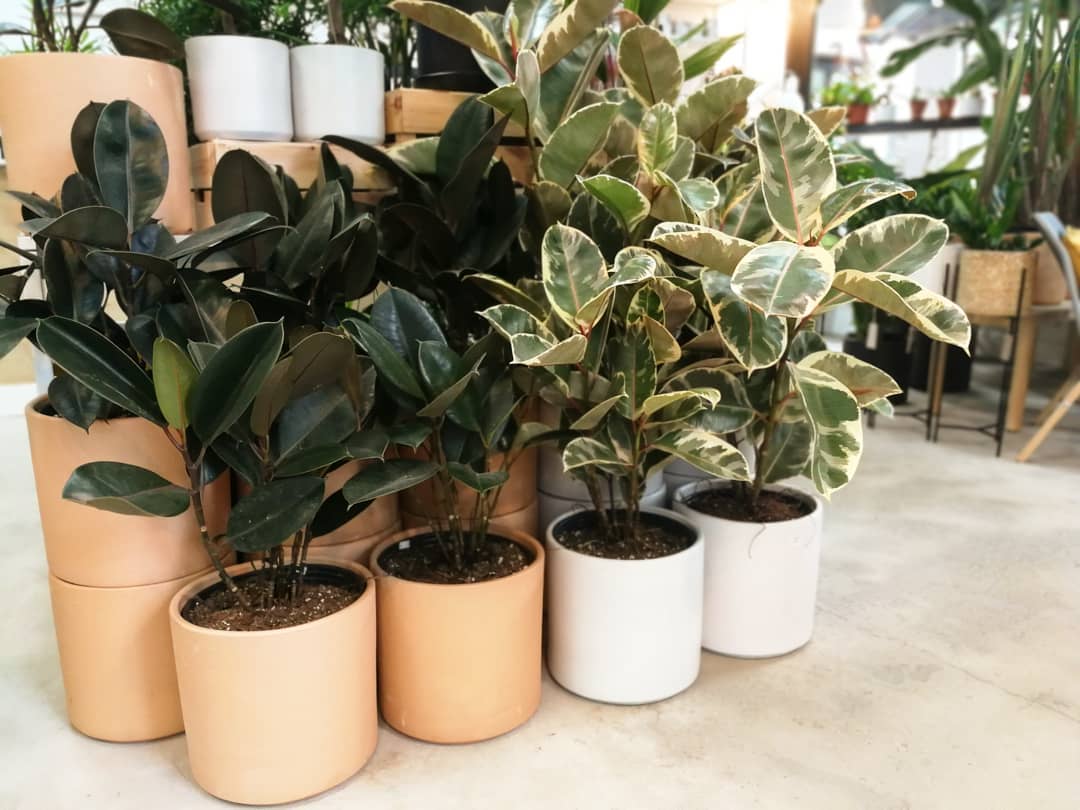
Photo by @planttherapy.yvr
The rubber plant is a gorgeous plant with large, glossy leaves. It thrives in moderate to bright light (it can even be left outside during the summer!), and needs light and constant moisture so a well-drained soil and pot is ideal. Rubber plants are great for any place in the house, but especially the bedroom due to its ability to remove toxins and formaldehyde from the air. Keep the glossy leaves clean and shiny by wiping with a damp cloth.
Areca Palm (Chrysalidocarpus lutenscens)
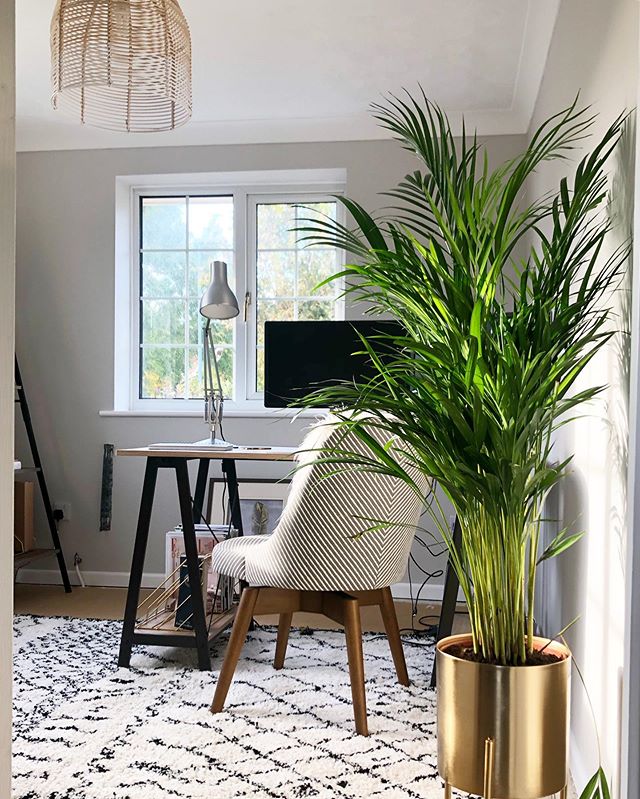
Photo by @stephnosehome
Don’t let this tropical look fool you. The Areca Palm is perfect for any style. It needs bright direct sunlight though, so if you have a big window that gets a lot of sun, this is the perfect home for the Areca Palm. Because it prefers bright direct sunlight, you’ll find that the Areca Palm is a heavy drinker. You’ll want to wet the soil every time you water, and only water when the surface of the soil is dry before watering again. The Areca Palm can grow up to 6-7 ft tall and will last as long as you take care of it.
Snake plant (Sanseveria trifasciata)

Photo by @indonesiaplantclub
The snake plant is easily distinguished due to its ribbon-like fronds. But it’s not just striking to look at–it’s also named on NASA’s list of top air purifying plants! The snake plant has shown to filter benzene, formaldehyde, trichloroethylene, xylene, and toluene, and even converts carbon dioxide into oxygen at night, which is something houseplants only do during the day.
Dracaena (various species)
Dracaenas come in different colors and shapes from the “Janet Craig” to the “Tricolor” or “Masangeana” (aka “corn plant”) but require more or less the same care. They love moderate to bright indirect light, and like when their soil is kept lightly moist. These are perfect for the bedroom because they help purify the air and especially good for smokers because they can suck up particles of smoke in the air that cause health problems. Talk about a plant that gives back.
Spider Plant (chlorophytum comosum)

Photo by @artful_green
This grassy and fuss-free plant is adorable in hanging baskets or in regular planters. The Spider plant thrives in medium to light shade and moist air. It’s best known for decreasing carbon monoxide and nitrogen dioxide levels along with purifying the air of ethylbenzene and formaldehyde. The spider plant is unique in that it will produce a bunch of baby spider plants called “pups” or “plantlets”, and you can cut them off and gift them to friends and family! Who doesn’t love a plant that gives back?
Pothos (epipremnum aureum)

Photo by @thismotherhood
Pothos comes in all types of colors and patterns. It’s known as a beautiful vine plant that climbs well and for its heart shaped leaves. They are one of the easiest plants to grow, clears the air of formaldehyde and helps purify the air of benzene. Pothos prefer moderate to bright light, or filtered light. Using a rich, moist yet well-drained soil is ideal for keeping the Pothos happy and healthy.
Peace Lily (Spathiphyllum species)
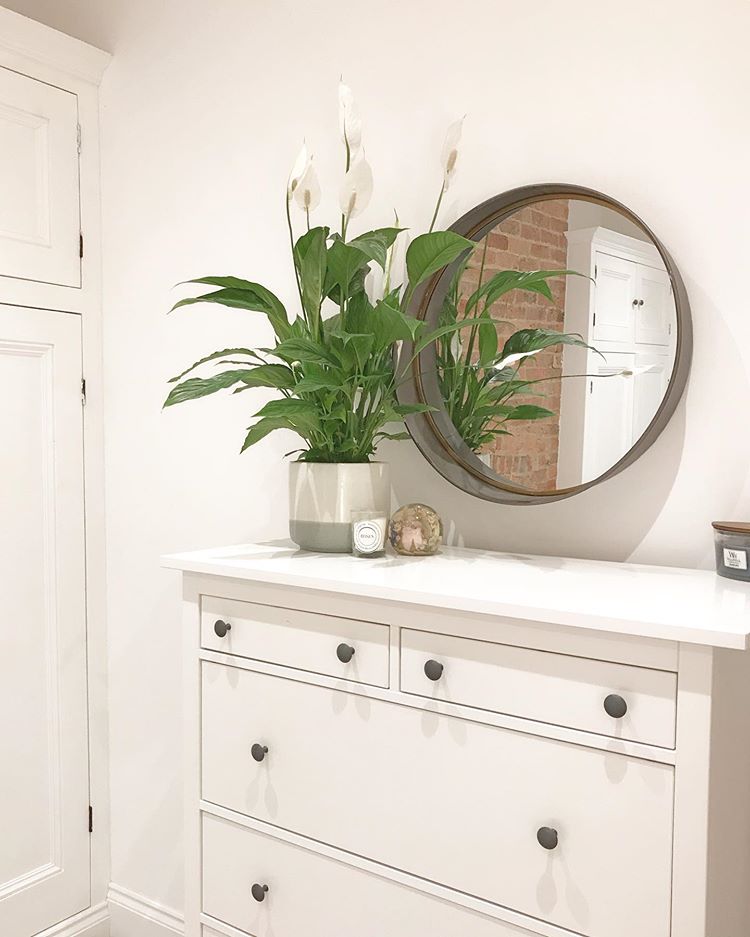
Photo by @thebarnatnewbygrange
Peace lilies are beautiful and surprisingly fuss-free indoor plants and a great option for people who love flowers but don’t want to constantly purchase and replace them in the bedroom. In addition to giving you gorgeously glossy leaves and white blooms, they also purify the air by removing toxins and increasing humidity of the air which can help reduce allergy symptoms and give your throat and sinuses a break. They tolerate low to moderate light, but they bloom best in brighter light. For care, allow the soil to become nearly dry before watering. You can divide and propagate every five or so years to create new baby plants! Peace lilies come in different sizes so whether you want a substantial floor plant or a petite tabletop plant.
English ivy (hedera helix)

Photo by @plantaelover
English ivy is beautiful in a hanging planter or trained to climb trellises. It’s also great for clearing toxins from the air like toluene and benzene. A study reported that English ivy removed 94% of airborne baeces and 78% of airborne mould in just 12 hours. As a result, it’s recommended to those who suffer from allergies. To care for English ivy, remember to mist regularly and keep the soil moist but well-drained. It should be placed in a partially sunny to shady location, so it’s perfect for the bedroom!
Philodendron (various species)
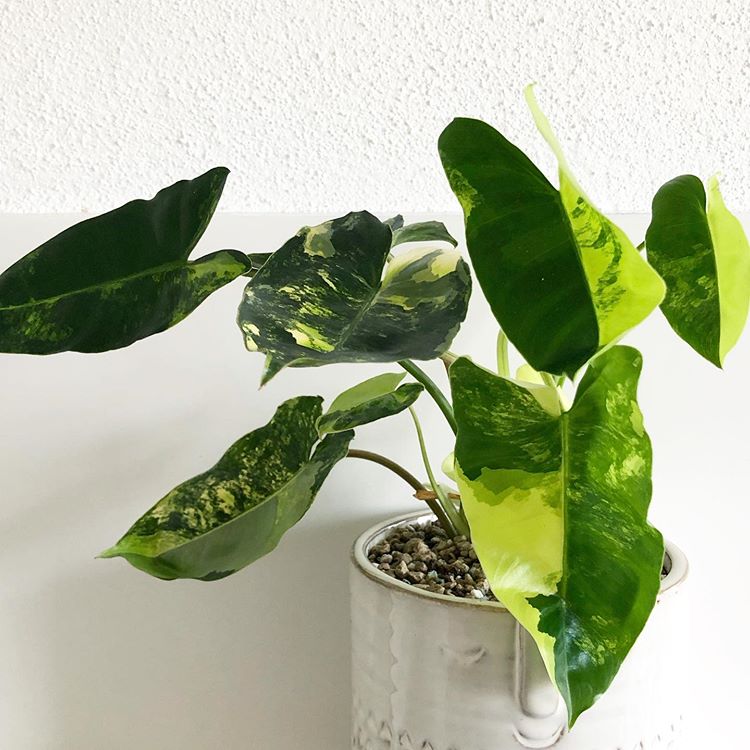
Photo by @leaflyhome
The Philodendron genus are nearly unkillable indoor plant that actually thrives on neglect. One popular plant in this genus is the Heartleaf Philodendron, an adorable table plant or hanging plant with dark green, shiny, heart-shaped leaves. You'll find several species under this genus that you'll love, including one named the Pink Princess, known for it's marbled pink and green leaves or a marbled version known as the Variegated Philodendron. They are particularly effective in absorbing formaldehyde from indoor air. They can survive in low light conditions, but grow faster and produce more leaves in medium or bright indirect light. Allow soil to dry completely before watering again.
Parlor Palm (chamaedorea)
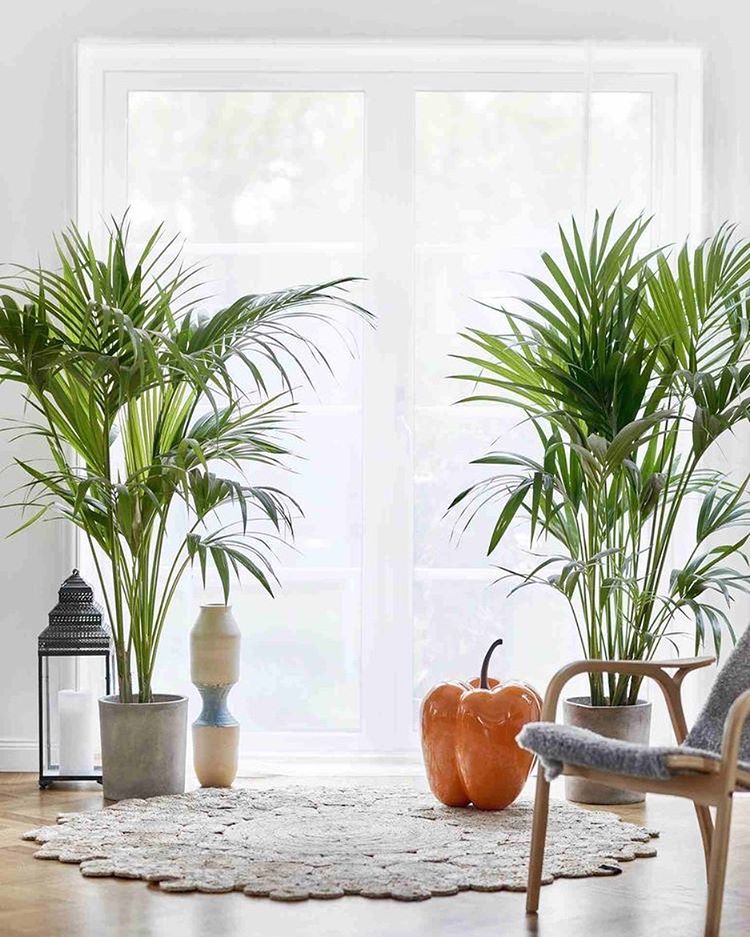
Photo by @houseplantscollective
If you love a good tropical plant, the Parlor Palm is a great addition to your space. It can grow pretty big, so make sure you have enough height and width in your room. They prefer bright but indirect light and can grow in average home humidity, but it grows best in high humidity. Keep the soil evenly moist but never soggy and remember to water when the soil is barely dry to the touch.
Aloe vera

Photo by @gardens_nursery
Aloe vera is an excellent indoor succulent that is hard to kill and easy on the eyes. It’s been named by NASA as one of the best plants for air purification, and shown to release oxygen throughout the night.
Keep your air fresh and breathable with these NASA-approved indoor plants. You'll be breathing better and sleeping a little easier in no time. Just remember to take care of them–plants have needs too!

